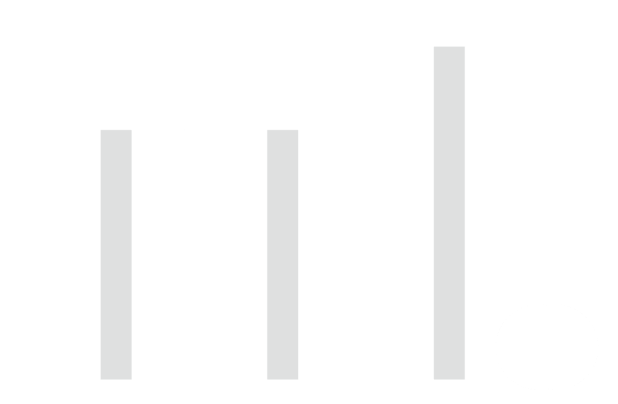Back
Akash u v
Medico, developer • 1y
Imagine you’re taking your father to the hospital because you’ve noticed he’s not doing well. It took a lot of convincing to get him there, and you’re really worried. But when you reach the emergency room, it’s packed with people. Some don’t even have serious problems, but since there aren’t enough doctors, everyone has to wait. Meanwhile, your father is getting worse. Now, imagine this same hospital has a special system that I’m working on. This system helps even a junior doctor or nurse quickly check important signs, like blood pressure and breathing, to figure out who needs help first. It divides patients into three groups: 1. Red: These people need immediate care, like someone who’s struggling to breathe or losing too much blood. 2. Orange: These people are stable for now but still need tests or monitoring to make sure nothing serious is happening. 3. Green: These people have minor issues and can safely wait.
Replies (1)
Akash u v
Medico, developer • 1y
The best part? This triage system uses the same algorithm as the one followed in AIIMS Delhi, one of the most advanced hospitals in India. It ensures that patients are assessed and treated based on their urgency, just like in top-tier hospitals. In my government hospital, we sometimes lose patients because staff might miss danger signs or delays happen in the chaos. A system like this could make a huge difference, saving more lives and making emergency care more effective. I used this site for my reference: https://pmc.ncbi.nlm.nih.gov/articles/PMC7472824/#ref12 the algorithm can be customised according to the need of the hospital
More like this
Recommendations from Medial
Shree Charan Kannan
Ai enthusist who mak... • 11m
Is This a Good Idea? Imagine creating an AI agent like ChatGPT, but specifically designed to manage a hospital system. It would handle everything—patient queries, finance, inventory, staff schedules, and even bed allocations. Think of it as Jarvis f
See More
Anonymous
Hey I am on Medial • 1y
Does magnetic field line of earth affect our blood circulation... I was watching a podcast where a man was telling that by sleeping with our feets toward south can affect our blood circulation and can cause serious damage to us... I tried researching
See MoreAhsan Ansari
Co-founder, Co-CTO ... • 5m
Every year, a lot of people lose their lives because of unavailability of blood and they're more unlucky if they have a rare blood group. Japan 🇯🇵 saw this as a great problem and developed Universal Artificial Blood. This artificial blood can be i
See MoreDr Saurav singh
Doctor by profession... • 11m
most of the entrepreneur trying to solve Healthcare problem by their superficial level knowledge... i.e record of patients,medicine,blood investigation.... But real problem exists inside Hospital Thatswhy if you really wants to solve it you must
See MoreShree Charan Kannan
Ai enthusist who mak... • 6m
What's your thoughts on this? We're building a Smart HMIS (Hospital Management Information System) specially designed for second- and third-tier hospitals in India. Unlike traditional systems, ours is a full digital ecosystem covering patient, docto
See MoreIts Me Pratik
Your business and my... • 9m
My New Project "Blood Link" In India 11000+ people die for not get blood & ( 40 district in india have no blood bank ) the major problem is not reached on time or not have blood but what 15 min ma food delivery ho jati hai blood deliver nahi ho sakta
See More
Tirush V
Infrastructure/AI en... • 1y
So imagine you have need a product that you upload any type of doc and chat with it. People like students, teachers, lawyers….. so on would like and need these tool. What if there’s a tool that performance much better with accuracy? Imagine existing
See More
Anonymous
Hey I am on Medial • 1y
🤰 A five-month pregnant woman in Madhya Pradesh was allegedly made to clean the blood-soaked hospital bed infront of his 6 year kid and her husband died after being shot in a land dispute 💔 A video showing the woman, Roshni, wiping the bed has sp
See More
Download the medial app to read full posts, comements and news.






























